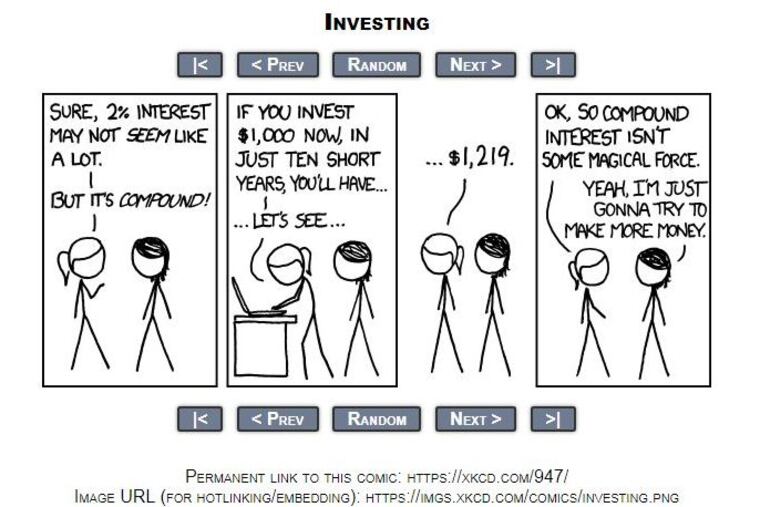Bank deposit rates going up
The average 5-year CD yield fell below 3 percent in 2008 and bottomed out near zero

A handful of large and small banks are paying U.S. savers the most for their money in 10 years as the Federal Reserve continues to raise interest rate targets.
On Monday, Chester County's DNB First Bank, based in Downingtown, posted new rates including 3 percent for FDIC-guaranteed, five-year, $1,000 certificates of deposit (up from 2.15 percent), and 2.35 percent for one-year CDs (up from 1.15 percent). Three-month CDs, for which the bank had been paying an annualized interest yield of just 0.05 percent — just a nickel for every $100 — have been boosted to a full 1 percent — or a dollar for every $100.
DNB First is one of a handful of U.S. community banks paying the nation's highest deposit rates, including Souderton-based Univest (3 percent for four-year-and-11 month CDs, minimum $500), with big national companies including Capital One and Goldman Sachs' Marcus financial services also yielding 3 percent on similar deposits, according to data posted at Bankrate.com, NerdWallet and other sites that track bank rates.
The average five-year CD yield fell below 3 percent in 2008 and bottomed out at below 1 percent in 2013-14, according to Bankrate historical data. One-year rates had been below 1 percent since 2009. The Fed cut rates in a bid to stimulate the economy after banks cut back on lending during the financial crisis of the late 2000s.
Deposit yields have risen in the past two years, following a string of increases in the Federal Reserve Open Market Committee's targeted federal funds rate — what the central bank charges commercial banks to borrow money — to 2 percent this month, up from 0.25 percent in 2016.
Banks don't automatically raise deposit yields when the Fed boosts its rates. Banks that hope to make more loans, tend to pay more for deposits. Banks use customer deposits as a source of cheap funding, lending the money at higher rates to homebuilders and mortgage borrowers and other loan customers, or investing in securities or fee-generating services. Deposit rates tend to go up when loan rates are also rising.
Higher deposit rates can attract some risk-averse savers to put their money in government-insured bank deposit accounts, instead of stock funds and other private securities whose values vary. But over long periods of time, stocks have been a far more profitable, though also far more volatile, investment.
For example, the S&P 500 stock interest posted returns averaging more than 10 percent a year since the beginning of 2008. The stock average fell 37 percent that first year; it has returned between 1 percent and 32 percent in each year since.
Despite a decade of merely nominal bank deposit yields, American individuals, partnerships, and corporations owned a total of $11.4 trillion in commercial bank deposit accounts last year, up from $7.2 trillion in 2008 (not adjusted for inflation), according to Federal Deposit Insurance Corp. data. (The recent total is roughly as much as clients have invested in BlackRock and Vanguard Group, two of the nation's largest investment management firms, combined.) The deposit total has risen each year since 1948.